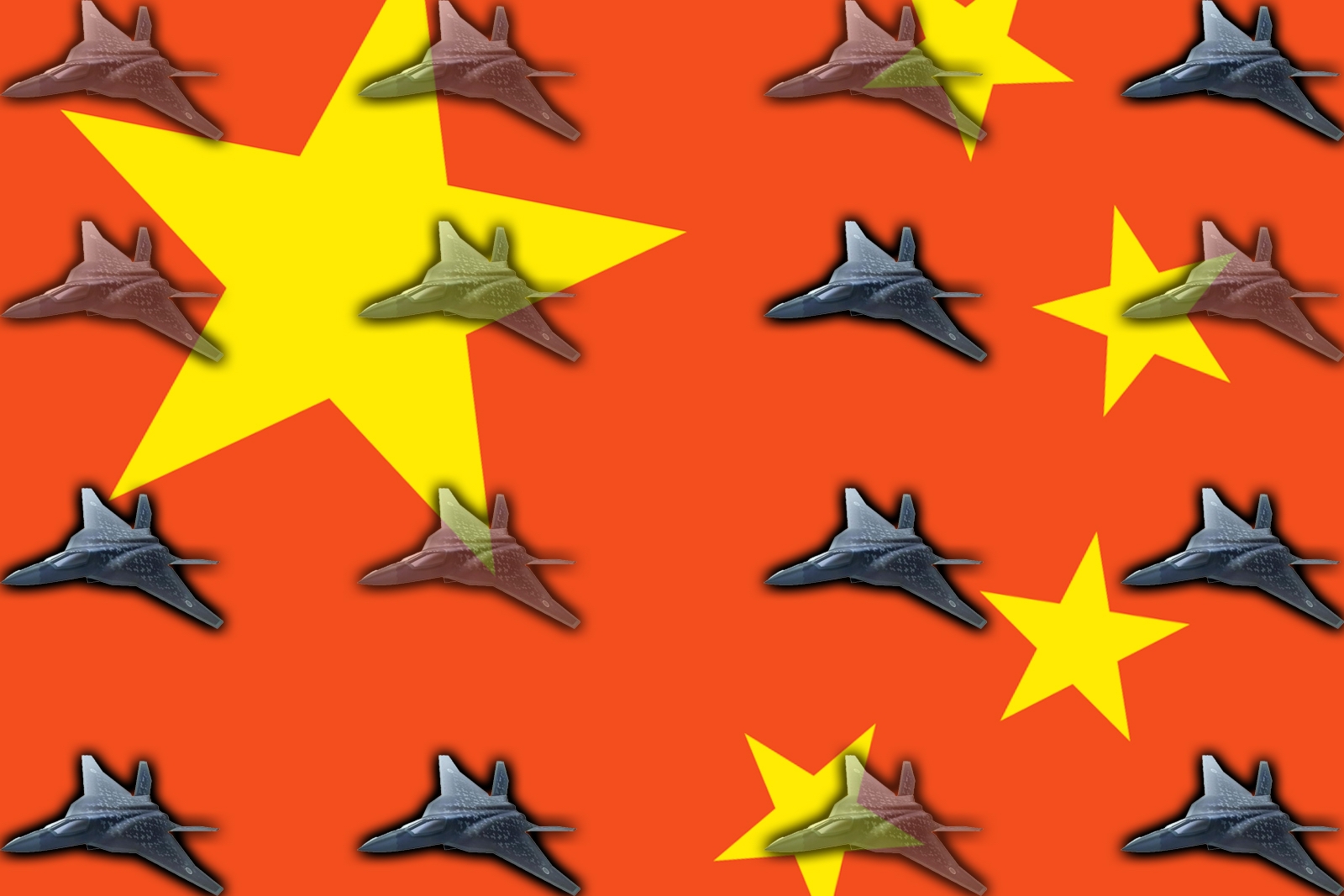
Tech
Why Japan is Developing its Own Fighter Jet
Maj. Hosomi Akinori vanished on a cool evening in April 2019 while flying one of the world’s deadliest aircraft — Lockheed Martin’s F-35A Lightning II.
There was little sign of trouble when the 41-year-old pilot took off from Misawa Air Base in northern Japan that fateful night. An experienced pilot with 60 hours on the advanced fighter jet, the multirole jet he was flying was state of the art, and the mission profile was to be another routine night-training exercise. Yet, his plane fell into the Pacific Ocean without so much as a distress call.
Hosomi’s remains were recovered from the seabed months later, and the mystery surrounding the first fatal crash of the Pentagon’s most expensive weapons system grew.
Authorities later revealed that the pilot likely suffered from vertigo or spatial disorientation after taking off from Misawa Air Base. The aircraft was believed to have suffered from navigational and cooling errors before the crash.
Throughout the course of the investigation and recovery, potential salvage efforts by a hostile power remained a significant concern for both Tokyo and Washington.
Hosomi’s crash led to a four-month halt to all F-35 flights by Japan’s Air Self Defence Force (JASDF). The crash represents, however, the most fatal part of Japan’s troubled relationship with one of the world’s most expensive warplanes. The helmet alone costs $400,000.
Though Japan will continue with the F-35s, Tokyo is also looking at creating its own indigenous fighter program. This development comes after Tokyo signaled its intention last year to build jets suited for responding to security challenges posed by China in the Taiwan Strait.
F-35 flies on
Subsequently, the U.S. State Department approved a $23 billion plan for Japan to acquire 105 F-35 stealth fighters of both the conventional take-off (F-35A) and short take-off and vertical landing (F-35B) variants.
Thanks to the deal, Japan is now home to one of only two F-35 final assembly and check-out (FACO) facilities located outside of Fort Worth, Texas — where Lockheed Martin maintains the primary F-35 production facility.
However, like its European counterpart, Japan was forced to shut production down due to the pandemic. COVID also delayed the training of F-35 test pilots due to concerns about virus transmission among this most elite cadre of pilots. The backlog will last until at least 2023 and extend the date the new jets will enter active service.
A new, indigenous chapter
By then, however, Japan may be well into the development of its own stealth fighter — a next-generation warplane developed by local industry. Alternatively known as the F-X or F-3 project, it has surprised some analysts given that Japan canceled plans for X-2 stealth fighter prototypes in 2018.
Mitsubishi Heavy Industries has taken the lead on the program after having developed the X-2 prototype in 2016. The fighter is being developed with the support of Lockheed Martin. As of this past month, Japan signed a deal to jointly develop the jet engine for the project with the United Kingdom which is working on the Tempest air superiority fighter with Italy and Sweden. The existence of these programs speaks to Japan’s lack of faith in the F-35 to play an air superiority role in a major conflict.
Since the end of the Second World War, Japan has only developed two combat aircraft: the F1 (developed in 1975) and the F-2 (derived from the F-16 and in service since 2000). The latter is likely to be phased out by the end of the decade.
Ironically, the development of multiple airframes might be to Japan’s advantage. The F-35s advanced sensor capabilities may mean that it would work better in formations where it uses its sensors to see over the horizon and “quarterbacks” information and the roles of the other aircraft in the formation such as X-2s.
The development of the F-X will open a new chapter in Japan’s defense history. After World War II, Japan adopted a pacifist constitution that limits the role of its military; as a result, Japan only began weapons exports in 2014 under former Prime Minister Shinzo Abe.
Given the relaxing of Japan’s pacifist structures in recent decades, including refitting the Izumo class helicopter destroyers as aircraft carriers equipped with the F-35B, the F-X fighter, when completed, could also be a target for high-end export to third party countries as the joint-development programs with the United Kingdom implies.
Ironically, it was the issue of arms exports that placed the Japanese defense industry in this position. Japan’s Ministry of Defense had been interested in purchasing the F-22 Raptor, but the Obey Amendment prevented the export of this aircraft, even to close treaty allies.
The F-X program is proceeding on pace but, in the meantime, Japan has a lot of F-35s to build.

